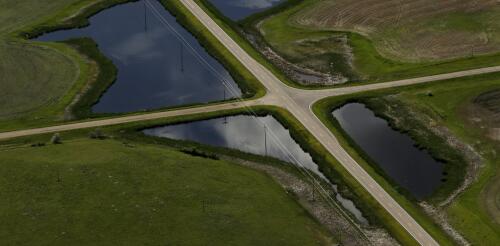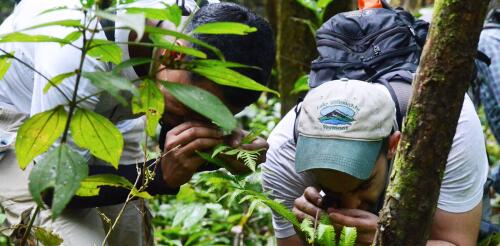Philanthropy and nonprofits
Wetlands aren’t the most eye-catching ecosystems. They include swamps, bogs, fens and other places where soil is covered by water most of the time. But they perform a huge range of valuable services, from soaking up floodwaters to filtering out pollutants and providing habitat for thousands of species of mammals, fish, reptiles, insects and birds. In a high-profile 2023 ruling, Sackett v. Environmental Protection Agency, the U.S. Supreme Court greatly limited federal power to protect wetlands. According to one estimate, this ruling stripped federal protection from up to 90 million acres of wetlands across the U.S. Today, the U.S. is losing wetlands, mainly to development and agriculture, at an accelerating rate. With Congress polarized and gridlocked, new federal wetland protection laws are unlikely to be enacted in the next several years. Some states have stepped up to fill the gap, but others have instead chosen to roll back their existing protections. This comes despit...
The intersection of Fort Street and Oakwood Boulevard in southwest Detroit today functions mostly as a thoroughfare for trucks and commuters. However, as you sit idling at the stoplight waiting to cross the bridge over the Rouge River, you might glance to the side and see something unexpected in this heavily industrialized area: A sculpture of weathered steel reaches toward the sky alongside a spray of flowers and waves of grasses and people fishing. This inconspicuous corner, now the home of the Fort Street Bridge Park, has several stories to tell: of a river, a region, a historic conflict and an ongoing struggle. If you pull over, you’ll enter a place that attempts to pull together threads of history, environment and sustainable redevelopment. Signs explain why this sculpture and park are here: to honor the memory of protesters who met on this very spot on March 7, 1932, before marching up Miller Road to the massive Ford Rouge River Complex located in the adjacent c...
Water is a central element of the war between Israel and Hamas in the Gaza Strip. Israel controls several water pipelines entering Gaza, much as it controls most of life there. But water can also be a source of hope for an alternative future. The Middle East is an arid region that is highly vulnerable to the effects of climate change. There is an essential need for solutions that offer equitable access to water and sanitation, and that protect Israel and the Palestinian territories’ shared water resources. We study approaches to managing water and other environmental resources and conduct work at the Arava Institute for Environmental Studies, a nonprofit teaching and research center in the south of Israel. At the institute, students and academics from Israel, the Palestinian territories and Jordan come together to learn from each other and work together, developing technologies and programs that meet the region’s water needs. Our experience has shown us that worki...
When you hear about the abundance of life on Earth, what do you picture? For many people, it’s animals – but awareness of plant diversity is growing rapidly. Our planet has nearly 300,000 species of flowering plants. Among animals, only beetles can compete with that number. There are more species of ferns than birds, more mints than mammals, and more beans than butterflies. Measured in total mass, plants make up 82% of all life on land across the globe. We are plant scientists and co-founders of Let’s Botanize, an educational nonprofit that uses plant life to teach about ecology, evolution and biodiversity. In the past several years we have witnessed a botanical boom, with participation in plant-based hobbies surging. From cultivating houseplants to foraging for wild foods and outdoor gardening, plant appreciation is on the rise. Botanizing is spending time alongside plants in order to observe and appreciate them as living organisms – like birding, but w...
Summer and fall are prime times for getting outdoors across the U.S. According to an annual survey produced by the outdoor industry, 55% of Americans age 6 and up participated in some kind of outdoor recreation in 2022, and that number is on the rise. However, the activities they choose are shifting. Over the past century, participation has declined in some activities, such as hunting, and increased in others, like bird-watching. These shifts reflect many factors, including demographic trends and urbanization. But outdoor activities also have their own cultures, which can powerfully affect how participants think about nature. As scholars who think about organizational theory, management and entrepreneurship, we are interested in understanding effective ways to promote social change. In a recent study, we analyzed the work of the nonprofit group Trout Unlimited, which centers on protecting rivers and streams across the U.S. that harbor wild and native trout and salmon. We f...




